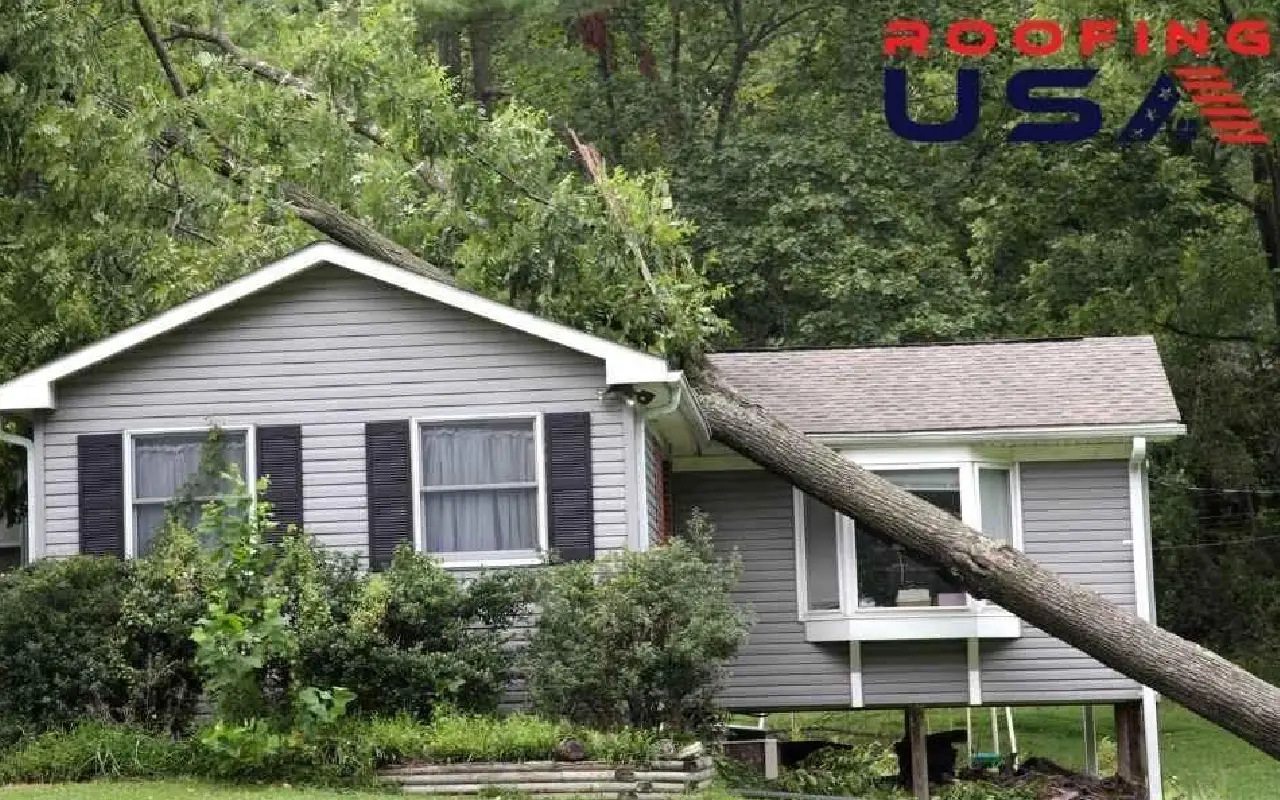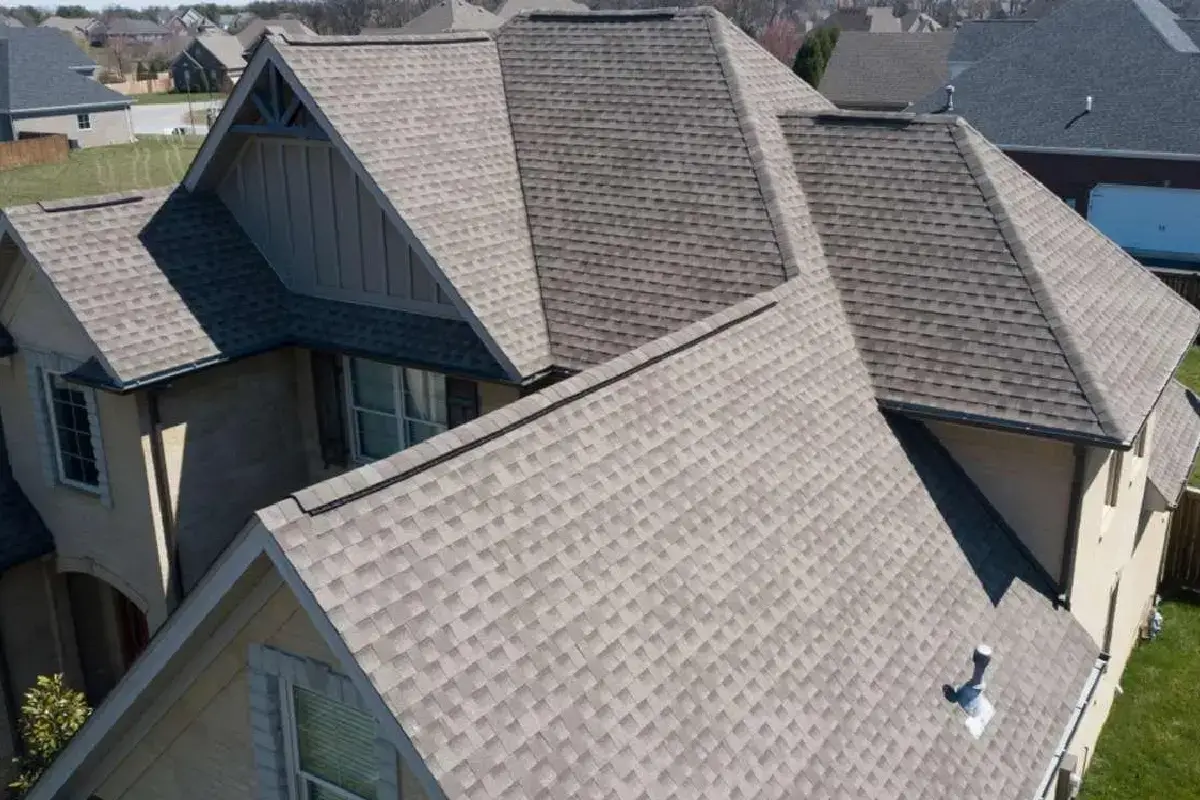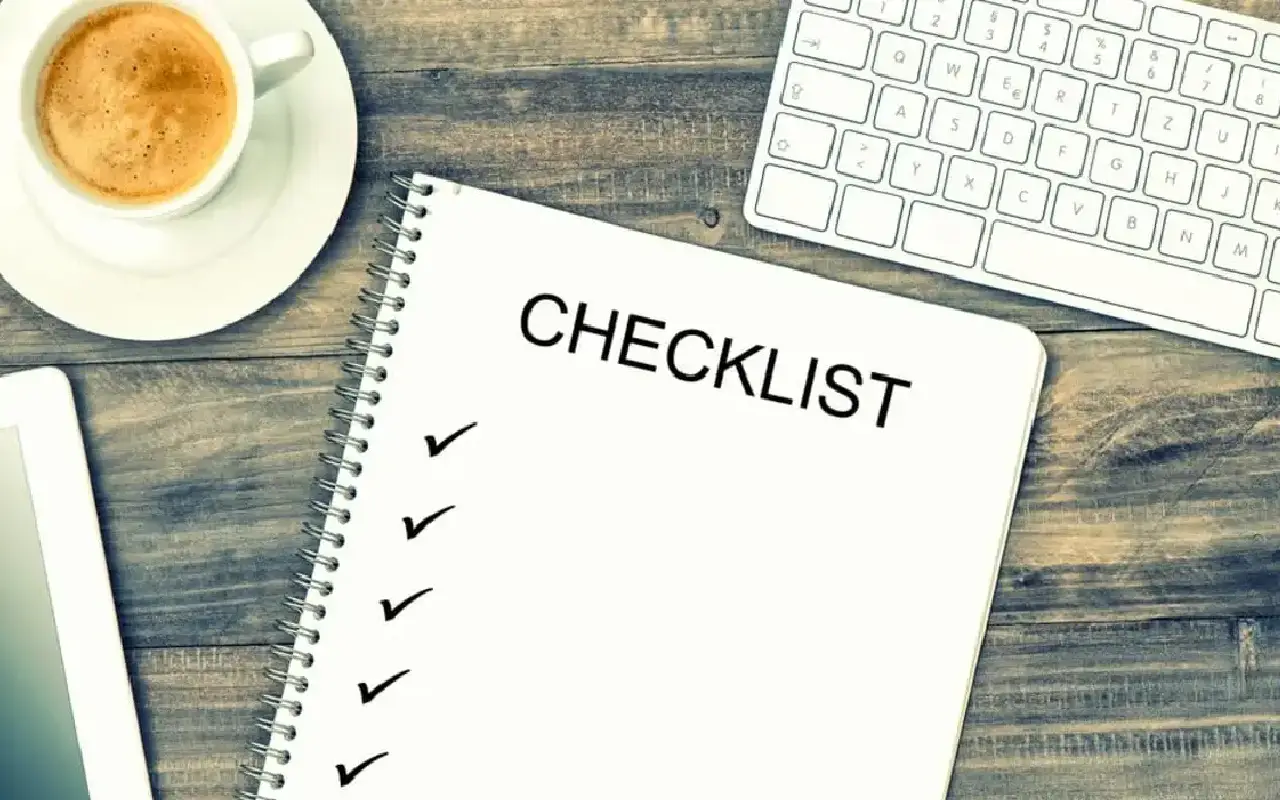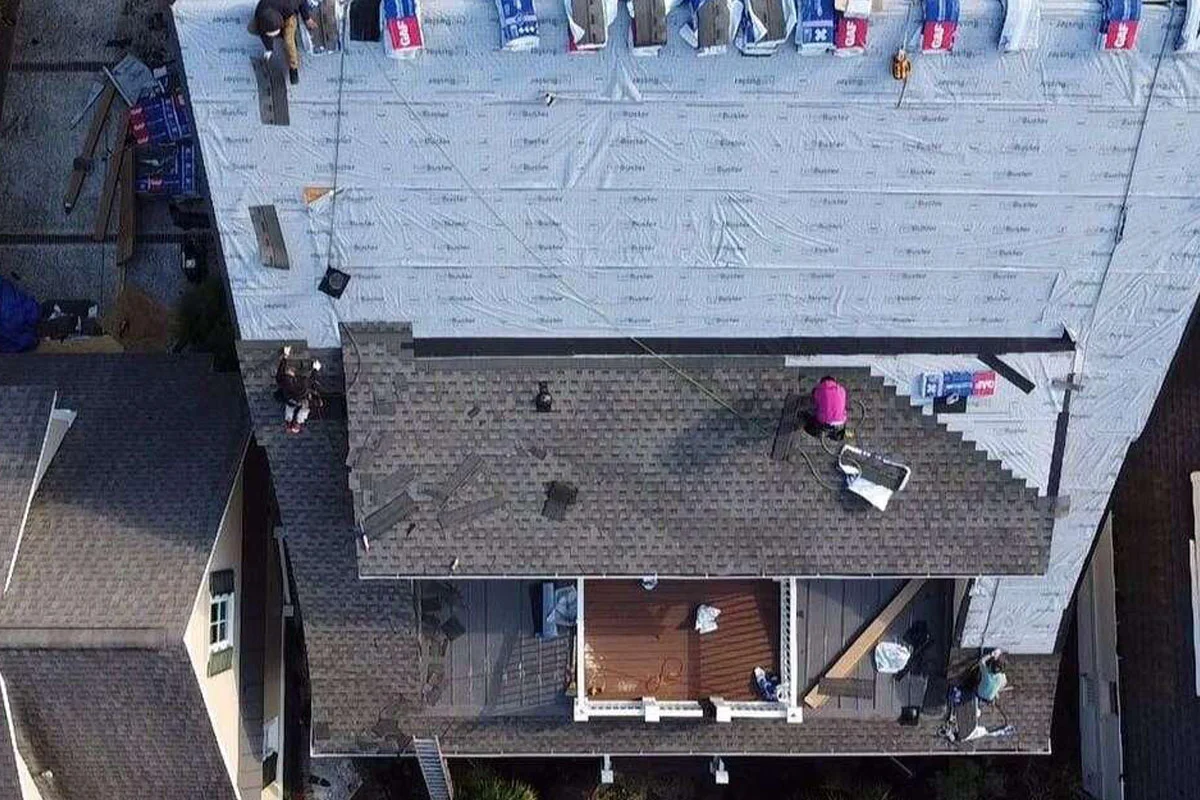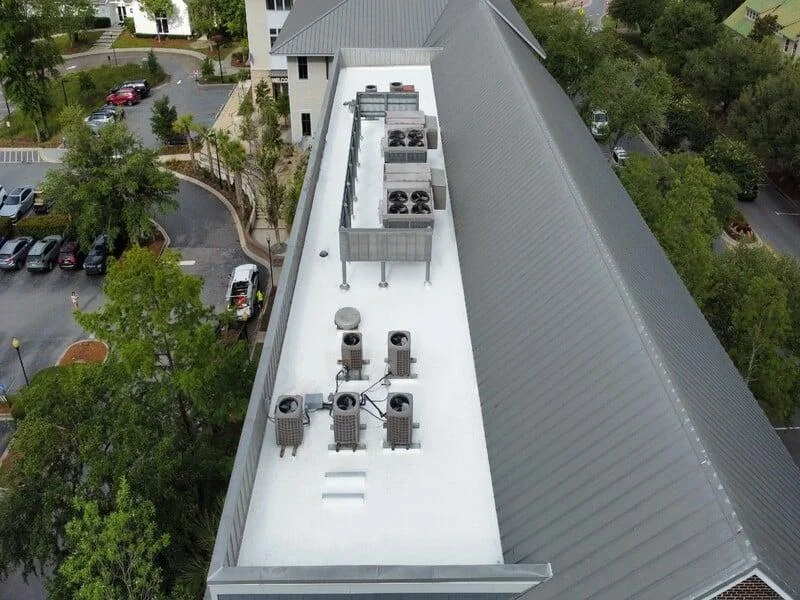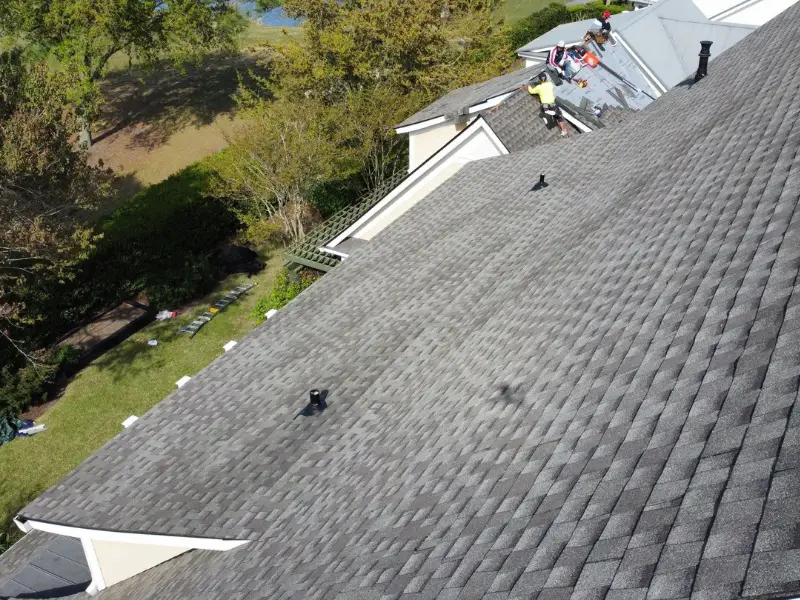A well-maintained roof plays a crucial role in protecting your home and ensuring its longevity. Regular roof maintenance, including following a comprehensive roof maintenance checklist, is essential for preserving the structural integrity of your roof and preventing potential issues down the line. That’s why our team here at Roofing USA has put together this ultimate guide for regular roof maintenance. This blog will give insights into the importance of regular roof maintenance and tips for how to protect the integrity of your roof. So, keep reading to learn these insightful tips that will be sure to save you money in the long run!
The Role of a Well-Maintained Roof
A well-maintained roof acts as the first line of defense against the elements. It shields your home from rain, snow, wind, and other weather conditions, keeping you safe and dry. Moreover,
a properly maintained roof helps maintain a comfortable indoor environment by preventing drafts and leaks. In addition to protecting your home, a well-maintained roof enhances its curb appeal. A roof in good condition adds value to your property and improves its overall aesthetic appeal. Whether you plan to sell your home in the future or take pride in its appearance, regular roof maintenance is essential.
The Consequences of Neglecting Roof Maintenance
Neglecting roof maintenance can lead to issues that can significantly impact your home.
Subscribe To Receive The Latest News
Here are some consequences of neglecting proper roof maintenance:
- Roof Leaks: Failure to address minor issues, such as damaged shingles or deteriorating flashing, can result in water leaks. Over time, leaks can cause structural damage, mold growth, and compromised insulation.
- Decreased Energy Efficiency: A poorly maintained roof with gaps and leaks can lead to increased energy consumption. This is because the HVAC system must work harder to compensate for air leaks and temperature fluctuations.
- Reduced Lifespan: Lack of maintenance can shorten the lifespan of your roof. Regular inspections and timely repairs extend the longevity of your roof, saving you from the expense of premature replacement.
- Financial Burden: Ignoring roof maintenance can lead to more significant issues that require costly repairs or even a full roof replacement. Being proactive with maintenance can help you avoid these financial burdens.
By understanding the importance of roof maintenance and the potential consequences of neglect, you can take the necessary steps to ensure the longevity and durability of your roof. Regular roof inspections and maintenance by a professional roofing contractor can help identify and address issues before they escalate.
The Components of a Roof Maintenance Program
To ensure the longevity and functionality of your roof, it’s essential to implement a comprehensive roof maintenance program. This program consists of several components that work together to keep your roof in optimal condition. These components include regular inspections, cleaning and debris removal, gutter maintenance, and roof repairs and maintenance.
Regular Inspections
Cleaning and Debris Removal Regular cleaning and debris removal are essential for maintaining the integrity of your roof. Over time, leaves, branches, dirt, and other debris can accumulate on your roof surface and in the gutters. This debris can trap moisture, leading to issues such as water damage or mold growth. To prevent these problems, regularly clean your roof and remove debris. Use a broom or soft-bristle brush to gently sweep away leaves and dirt. Take care not to damage the shingles or underlying roofing materials.Additionally, ensure that your gutters are clear of debris and functioning properly. Clogged gutters can cause water to back up and damage the roof and structure of your home.If necessary, consider hiring a professional roof maintenance company to assist with the cleaning process.
Gutter Maintenance
Maintaining your gutters is crucial for the overall health of your roof. Clogged or damaged gutters can lead to water accumulation on the roof, causing water damage, roof leaks, and even structural issues. Regular gutter maintenance involves removing debris, inspecting for leaks or damage, and ensuring that the gutters are properly attached to the roof. Clean your gutters at least twice a year, or more frequently if you have overhanging trees that shed leaves. Use a ladder and gloves to remove leaves, twigs, and other debris. Inspect the gutters for any signs of damage, such as cracks or loose fasteners. Repair or replace damaged sections promptly to maintain proper water flow. Consider installing gutter guards to minimize debris buildup and reduce the frequency of gutter cleaning.
Roof Repairs and Maintenance
Addressing roof repairs and maintenance is essential to prevent minor issues from turning into bigger issues. If you notice any signs of damage during your inspections or cleaning, take immediate action. Engage the services of a professional roof maintenance contractor to assess and address any issues. Roof repairs may include replacing damaged or missing shingles, repairing flashing, sealing roof penetrations, or fixing leaks. Regular maintenance may involve applying protective coatings, resealing joints, or reinforcing weak areas. By staying on top of repairs and maintenance, you can extend the lifespan of your roof and minimize the risk of more extensive damage. Implementing a comprehensive roof maintenance program that includes regular inspections, cleaning, gutter maintenance, and timely repairs will help protect your investment and ensure the long-term durability of your roof.
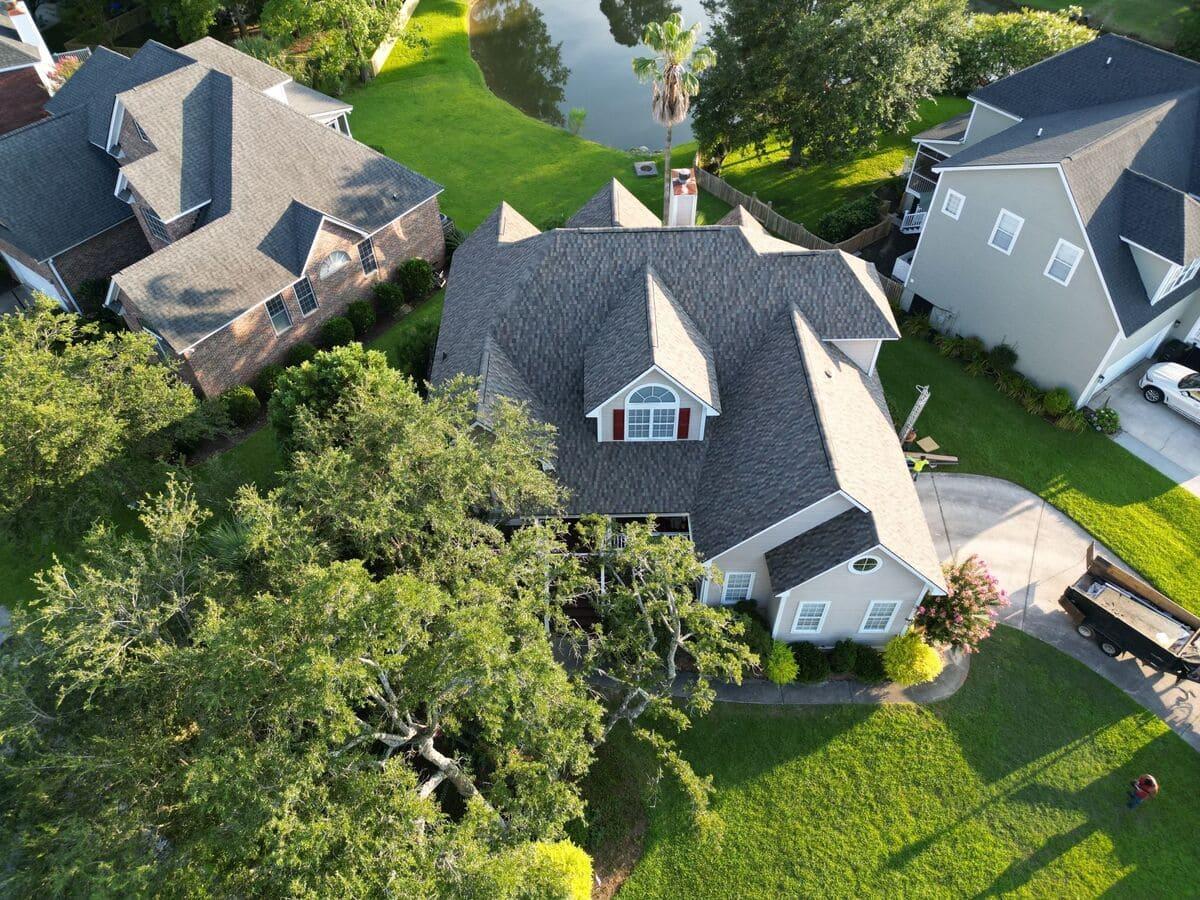
Hiring a Professional Roofing Contractor
When maintaining your roof and ensuring its longevity, hiring a professional roofing contractor is essential. These experts have the knowledge, experience, and tools to provide comprehensive maintenance services and address any issues. Here are some factors to consider when hiring a roofing contractor for your roof maintenance program.
Finding a Reputable Roofing Contractor
Begin your search by identifying reputable roofing contractors in your area. Seek recommendations from friends, family, or neighbors who have had positive experiences with roof maintenance services. Additionally, online reviews and ratings can provide valuable insights into the reputation and reliability of different contractors.
Evaluating Experience and Expertise
When evaluating potential roofing contractors, consider their experience and expertise in the field. Look for roof maintenance services and have a proven trackrecord of delivering high-quality work Ask about their experience with various roofing materials and types to ensure they can handle your specific roof.
Asking for References and Certifications
To further validate a roofing contractor’s credibility, ask for references from previous clients. Contact these references to inquire about their experience with the contractor’s roof maintenance services. Additionally, ask the contractor for any certifications or accreditations they hold, as these can demonstrate their commitment to professionalism and industry standards. To get a better understanding of the costs associated with professional roof maintenance services, it’s advisable to request quotes from multiple contractors. Requesting quotes will allow you to compare prices and services offered. While cost is an important consideration, it should not be the sole determining factor. Quality and expertise are crucial when it comes to maintaining the integrity and longevity of your roof.

DIY Roof Maintenance Tips
Maintaining your roof is essential for prolonging its lifespan and protecting your home. While hiring a professional roofing contractor is often recommended for repairs and inspections, there are several DIY roof maintenance tips to keep your roof in good condition.These tips include safety precautions, regular cleaning and maintenance tasks, and identifying common roof issues.
Safety Precautions
Before starting any roof maintenance tasks, it’s crucial to prioritize safety. Here are some safety precautions to follow:
- Use proper safety equipment: Wear sturdy shoes with good traction to prevent slips and falls. Utilize a safety harness and secure it to a stable anchor point when working on steep or high roofs.
- Choose the right weather: Avoid performing roof maintenance tasks during adverse weather conditions, such as rain, strong winds, or extreme temperatures. These conditions can make the roof slippery and increase the risk of accidents.
- Work with a partner: Having someone assist you can provide an extra set of eyes for safety and help in an emergency.
- Be cautious of power lines: Ensure that you are aware of the location of power lines near your roof and take appropriate precautions to avoid contact.
By following these safety precautions, you can minimize the risk of accidents and injuries while working on your roof.
Regular Cleaning and Maintenance Tasks
Regular cleaning and maintenance play a crucial role in preventing issues and maintaining the integrity of your roof. Here are some tasks you can do regularly:
- Remove debris: Clear leaves, branches, and other debris from your roof, gutters, and downspouts. Clearing debris helps prevent water accumulation and potential damage to your roof.
- Clean gutters: Regularly clean your gutters to prevent clogs that lead to water backup and potential roof leaks. Ensure that the gutters are securely attached to your home.
- Trim overhanging branches: Trim any tree branches touching or close to your roof. Falling branches can cause damage to your roof and create entry points for water.
- Inspect and repair flashings : Check the flashings around chimneys, vents, and other roof penetrations for signs of damage or deterioration. Repair or replace any damaged flashings promptly to prevent water leaks. While some of these caps you may be capable of doing on your own, hire a roofing contractor if any of these tasks threaten your safety.
Identifying Common Roof Issues
Identifying common roof issues can help you address them before they become major problems. Here are some signs to look out for:
- Missing or damaged shingles: Inspect your roof for missing, cracked, or curling shingles. Replace them as soon as possible to prevent water penetration.
- Water stains or leaks: Check your attic for signs of water stains or leaks. These can indicate roof damage or leaks that need to be addressed promptly.
- Moss or algae growth: Keep an eye out for moss or algae growth on your roof. These can indicate excess moisture and should be addressed to prevent further damage.
- Sagging or uneven roof areas: Inspect your roof for any sagging or uneven areas. These can be signs of structural issues that require professional attention.
While these DIY roof maintenance tips are helpful for routine maintenance, it’s important to schedule regular professional inspections and repairs. Professional roofing contractors have the expertise and experience to identify and address any underlying issues that may not be visible during DIY maintenance.
Creating a Roof Maintenance Schedule
To ensure the longevity and performance of your roof, create a roof maintenance schedule. This schedule outlines the frequency of inspections and maintenance tasks, seasonal considerations, and the importance of documenting and tracking maintenance activities.
Frequency of Inspections and Maintenance
Regular roof inspections and maintenance are keys to identifying potential issues before they escalate into costly repairs. The frequency of these inspections depends on various factors, such as the age of the roof, weather conditions, and any previous issues that may require closer monitoring. For most roofs, it is recommended to have a professional inspection at least once a year. This allows for a comprehensive assessment of the roof’s condition, identification of any damage or wear, and necessary repairs. However, in areas with extreme weather conditions or older roofs, bi-annual inspections may be advisable.
Seasonal Considerations
Seasonal changes can have a significant impact on the condition of your roof. Extreme temperatures, heavy rainfall, and strong winds can all affect its integrity. Therefore, consider these factors when creating your roof maintenance schedule. In regions with distinct seasons, it is recommended to conduct a thorough inspection before the start of each season. This allows you to identify and address any issues that may have occurred during the previous season or that may be exacerbated in the upcoming one. For example, before the winter season, ensure that the roof is free from debris and that gutters are clear to prevent ice dams and water damage. Similarly, before the summer season, check for any loose or damaged shingles that may be susceptible to heat damage or storms.
Documenting and Tracking Maintenance Activities
Documenting and tracking your roof maintenance activities is crucial for several reasons. It allows you to keep a record of inspections, repairs, and maintenance tasks performed, which can be useful for future reference. This documentation can also be valuable in case of warranty claims or when selling your home, as it demonstrates that the roof has been well-maintained. Maintain a logbook or a digital file where you record the dates of inspections, repair details, and any significant observations. This logbook can also serve as a reminder of when the next inspection or maintenance task is due.
Understand the Health of Your Roof With A Contractor In Charleston SC
Maintaining your roof is a task that demands regular attention and care. From conducting routine inspections and cleaning to promptly addressing any issues that arise, homeowners play a critical role in ensuring the longevity and optimal performance of their roofs. However, it’s important to remember that while DIY maintenance can be beneficial, it does not replace the need for professional inspections and repairs.A reputable roofing contractor, like Roofing USA, brings expertise and experience to the table, offering comprehensive roofing services tailored to your specific needs. To ensure your roof is secure, schedule your Free Roofing Inspection today!




